Welcome back to our blog series on the importance of sentence-level writing! Today, we’re delving deep into the world of sentence deconstruction, a crucial skill in literacy education.
Sentence deconstruction is especially important for upper elementary students. We’ll explore what sentence deconstruction is, how it benefits students, practical steps for implementation, and where it fits into your instructional day.
Before we get into the sentence deconstruction activities, you might want to go back and read the last two blog posts in our sentence-level writing series:
- Sentence-Level Writing: Why Upper Elementary Teachers Need to Prioritize This Skill
- Sentence Expansion Activities: Empower Students to Add Details with Impact
What is Sentence Deconstruction?
Simply put, sentence deconstruction is the process of breaking down a sentence into its individual components. While sentence construction involves forming sentences using proper syntax, sentence deconstruction focuses on unraveling the structure of a sentence. The key components to identify in a sentence are:
- The subject: This tells us who or what the sentence is about.
- The predicate: This reveals what is happening or the action in the sentence.
- Additional elements: Depending on the complexity of the sentence, students should also identify other important components like conjunctions in compound sentences, appositives that provide more detail about the subject, or dependent and independent clauses in complex sentences.
Why is Sentence Deconstruction Important?
Sentence deconstruction serves as the foundation for understanding what we read. Comprehension starts at the sentence level, and students need the tools to dissect complex sentences to grasp the core meaning effectively. This skill empowers them to become better readers and more effective communicators.
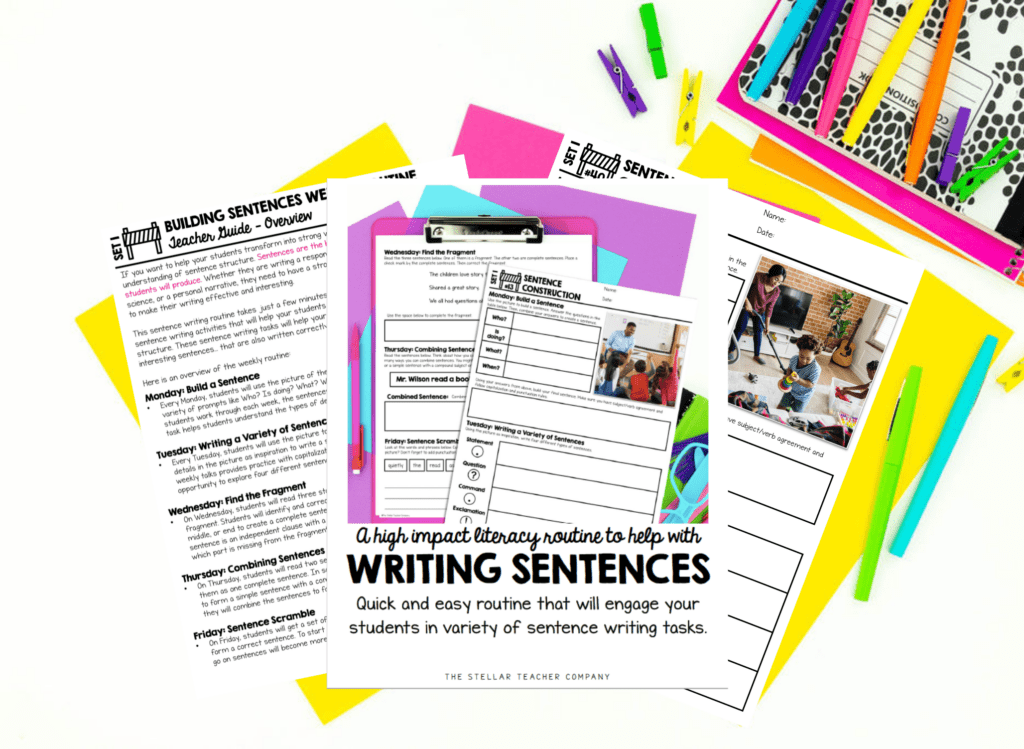
How Does Sentence Deconstruction Help Students?
Teaching sentence deconstruction yields several benefits for students:
- Improved Comprehension: By breaking down sentences, students gain a toolkit for decoding sentences and paragraphs, enhancing their overall comprehension skills.
- Enhanced Writing: Sentence deconstruction also aids in improving students’ writing abilities, as it helps them understand how to construct sentences effectively.
- Grammar Proficiency: Analyzing sentence structures enhances students’ grasp of grammar rules and usage.
- Critical Thinking: Sentence deconstruction fosters critical thinking and analytical skills, essential in today’s information-rich world.
Practical Steps for Implementing Sentence Deconstruction
You don’t need to teach sentence deconstruction as a standalone lesson; instead, it’s a skill to incorporate regularly in your classroom. Here are some practical ways to integrate sentence deconstruction into your teaching:
- Incorporate it into Read Aloud Discussions: During read-aloud sessions, select a sentence from the text and write it on the board or chart paper. Engage students in deconstructing the sentence by identifying its structure, subject, predicate, and any additional elements like prepositional phrases, appositives, or dependent clauses. Challenge them to identify words that can be eliminated without changing the core meaning.
- Sentence Variation: Show students a simple sentence and guide them in creating variations of it by adding or changing words, phrases, or clauses. This exercise helps students understand how sentence components can be modified while maintaining the sentence’s core meaning.
- Peer Review Sessions: Organize peer review sessions where students exchange sentences they’ve constructed. Their peers can then deconstruct these sentences, offering feedback and corrections, fostering collaboration and reinforcing learning.
- Identify the Parts: Provide students with sentences and ask them to identify and label different parts of the sentence, such as subjects, predicates, and clauses. This activity encourages a close analysis of sentence structure.
- Sentence Puzzles: Create sentence puzzles by breaking sentences into individual words or phrases on cards. Have students arrange the cards to reconstruct the sentence correctly. This hands-on activity allows students to visually see how sentences are constructed.
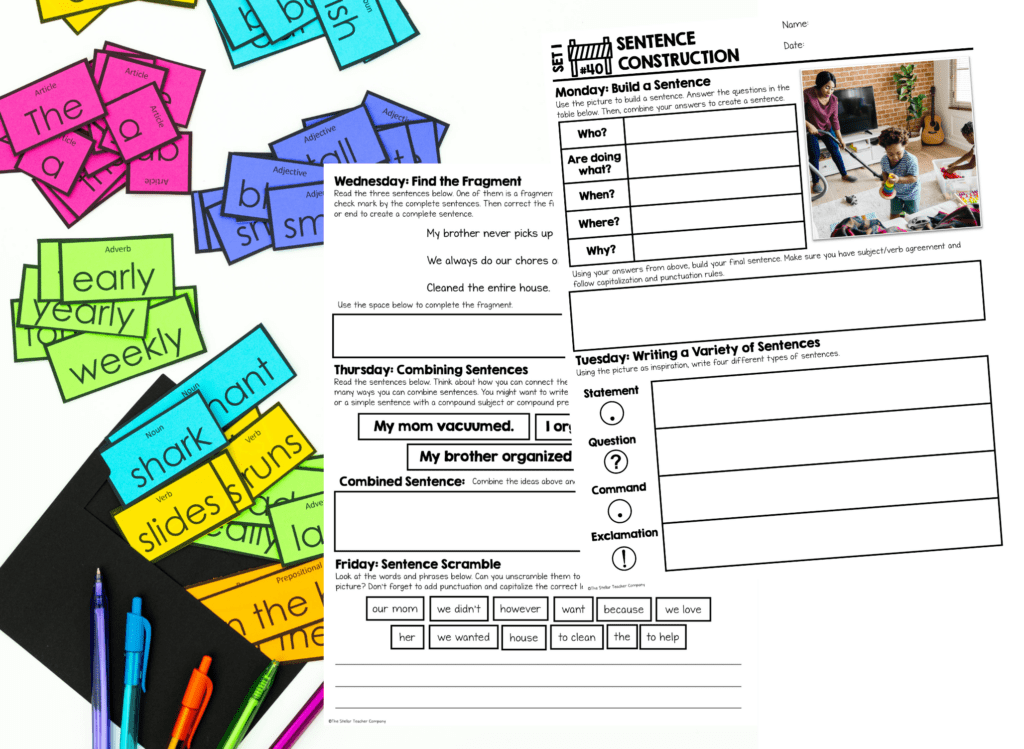
Where Does Sentence Deconstruction Fit into Your Instructional Day?
Finding time to incorporate sentence deconstruction can be a challenge, but it’s doable. Here are some practical ideas:
Morning Meeting Message: Write a sentence on your whiteboard or smartboard as part of your morning meeting message. While students trickle in and complete their morning routines, they can engage in a quick deconstruction exercise.
- What is the subject in that sentence? Encourage students to identify who or what the sentence is about. This helps them pinpoint the main focus of the sentence.
- What is the predicate in that sentence? rompt students to determine what action is happening in the sentence or what the subject is doing. This clarifies the action or event being described.
- What is one word you could eliminate without changing the sentence’s meaning? Challenge students to identify words like adjectives or adverbs, or any other modifiers, that can be removed from the sentence without changing its fundamental message. This exercise encourages them to discern between essential and non-essential elements in a sentence, emphasizing the importance of concise writing.
- What is the shortest sentence you could write to convey the main idea? Encourage students to distill the sentence’s essence into the briefest form possible while retaining the primary message. This exercise reinforces the concept of summarization and highlights the core information within the sentence.
During Read Aloud: Whenever you read aloud to your students, identify one sentence in the text and spend 2-3 minutes deconstructing it.
- What is the subject of the sentence? Encourage students to identify who or what the sentence is about. This helps them pinpoint the main focus of the sentence.
- What is the predicate of the sentence? Prompt students to determine what action is happening in the sentence or what the subject is doing. This clarifies the action or event being described.
- Are there any additional elements in the sentence? Ask students to look for any phrases or clauses that provide extra information or detail. This could include prepositional phrases, appositives, dependent clauses, or conjunctions in compound sentences.
- Can we eliminate any words without changing the core meaning? Challenge students to identify words like adjectives or adverbs that, when removed, don’t alter the essential message of the sentence. This exercise encourages them to discern between essential and non-essential elements in a sentence.
By incorporating sentence deconstruction into your daily routine, you empower your students with the skills to unlock the meaning behind sentences and paragraphs, fostering better reading comprehension and overall literacy proficiency.
Sentence deconstruction is a powerful tool that can transform your teaching and your students’ reading abilities. By making it a regular part of your classroom activities, you equip your students with the skills they need to excel in reading, writing, and critical thinking. So, go ahead and explore the world of sentence deconstruction with your students, and watch their literacy skills soar to new heights!
Sentence Writing Routine Free Sample
If your students struggle to write at the sentence level, this new literacy routine is going to be your new best friend. Each day of the week your students will engage in a quick (yet effective) sentence writing task that will help them become more confident and creative writers. Say goodbye to fragments and boring sentences, and say hello to complex sentences with lots of details!
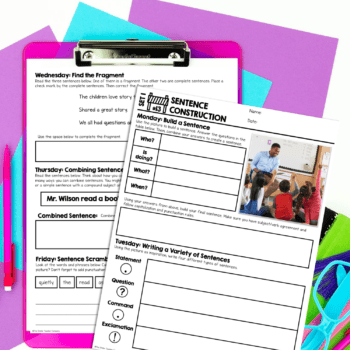
Think about your next steps…
- If you feel inspired by this post, check out Episode 163 of the Stellar Teacher Podcast to learn more about why deconstructing sentences is a powerful tool to help students with both writing and reading!
- Check out our Sentence Writing Freebie and start building your students sentence writing skills today!
- Join us inside The Stellar Literacy Collective, where you will get access to a resource library filled with reading and writing resources that will help you save time and feel more confident in your ELA instruction.


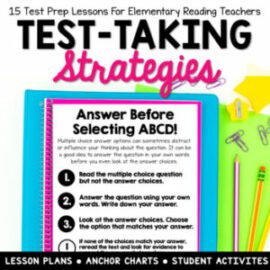
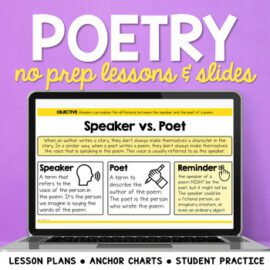
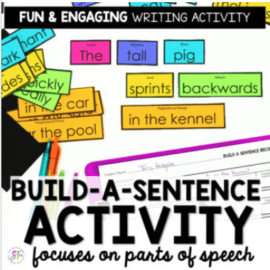
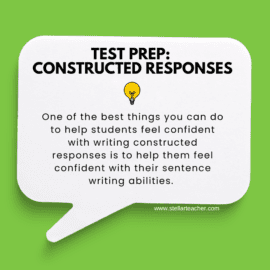

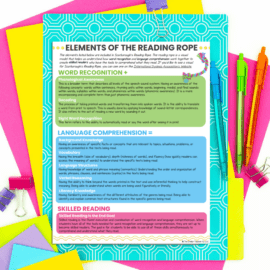









Leave a Comment
You must be logged in to post a comment.